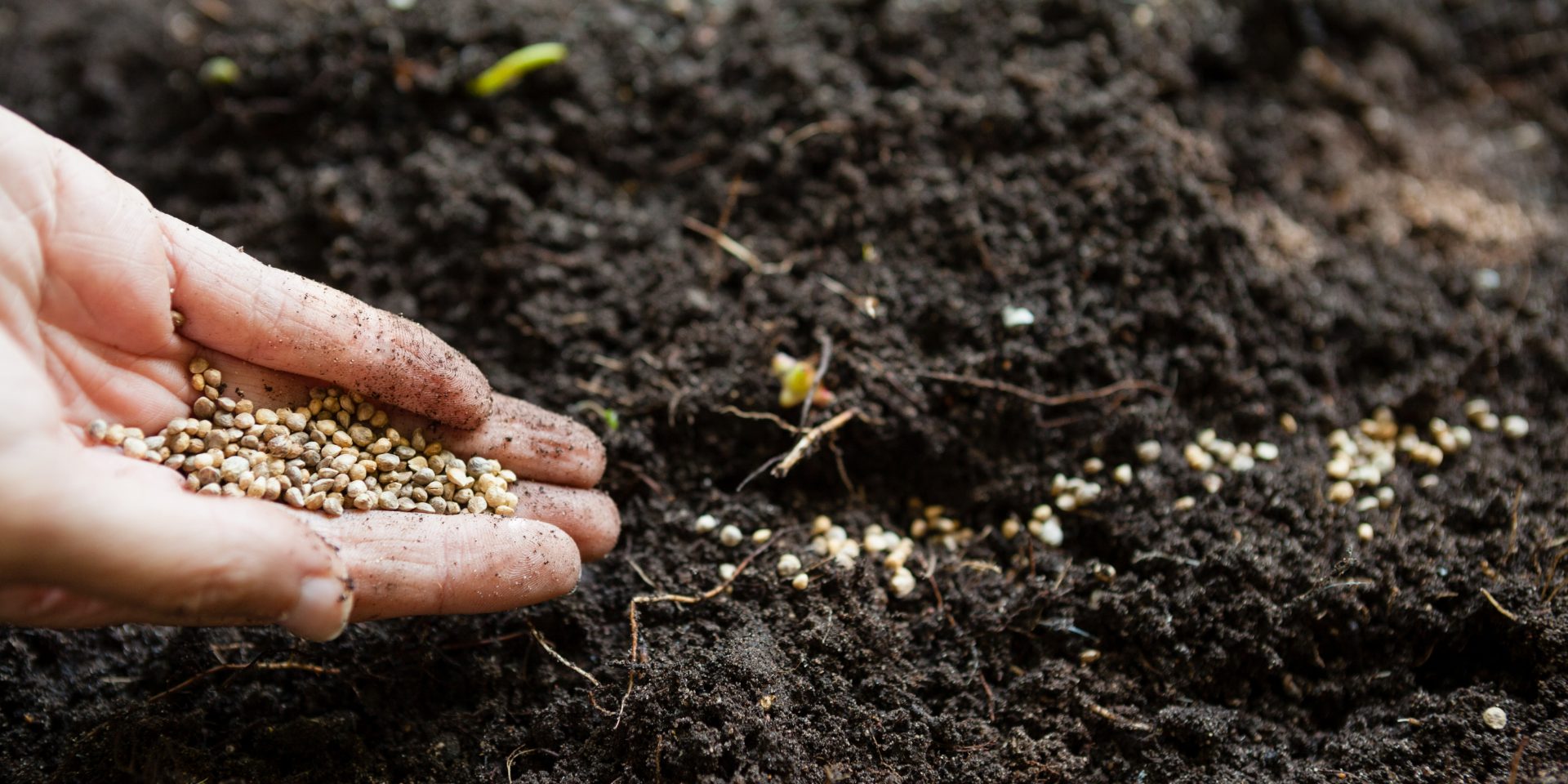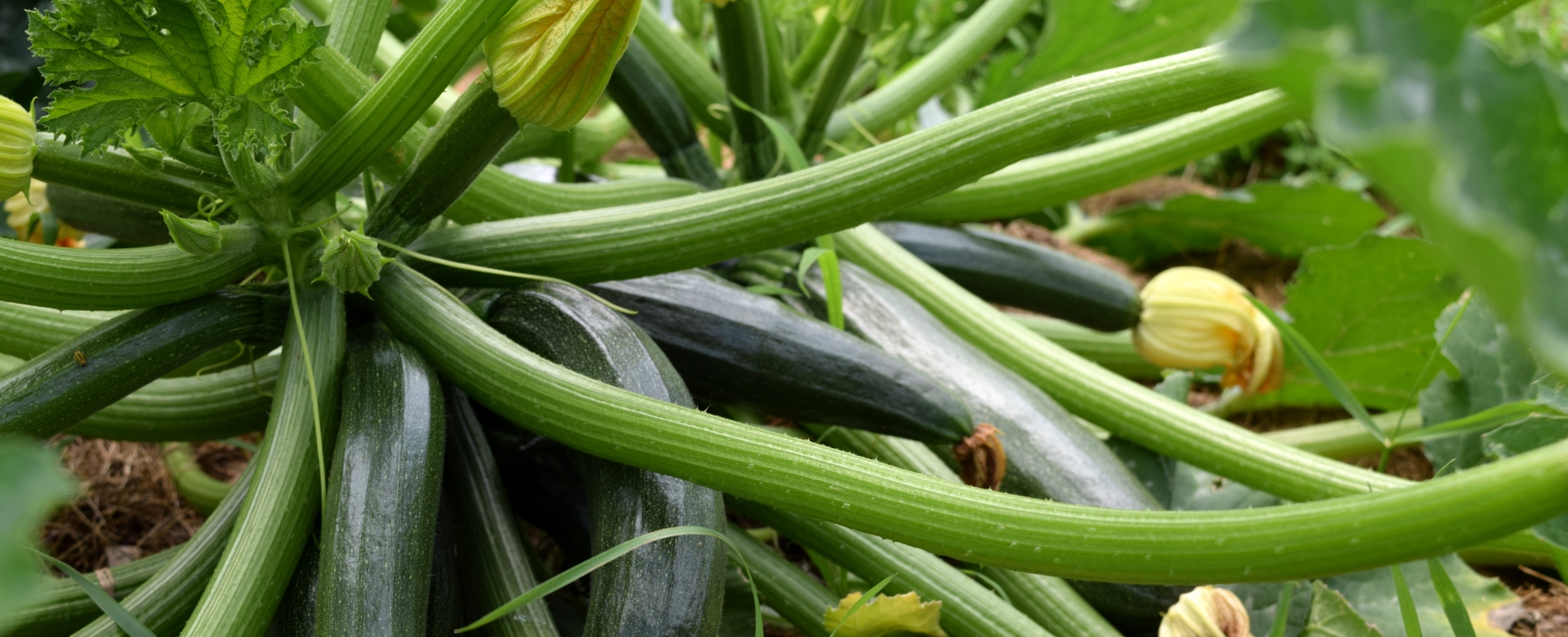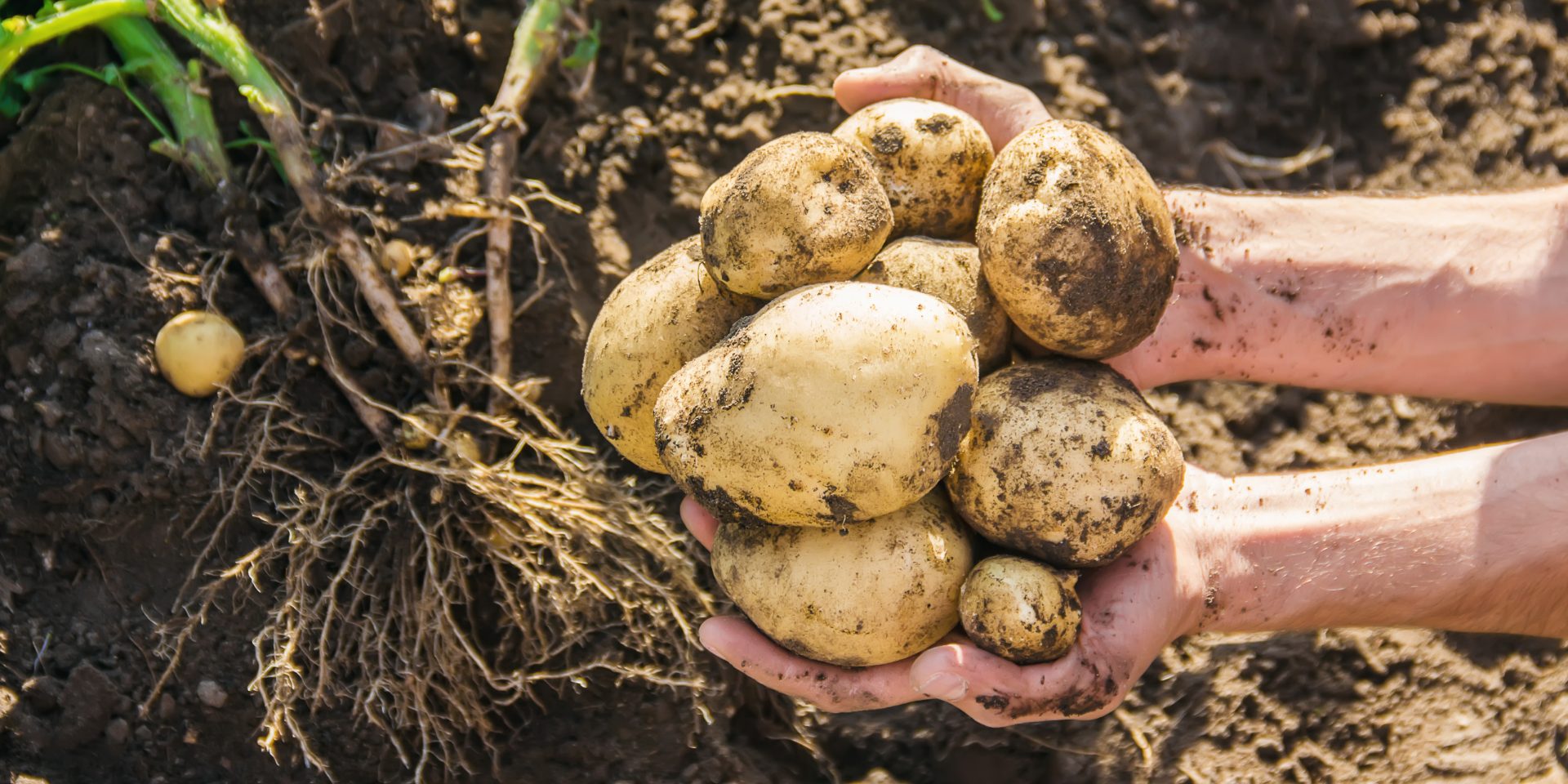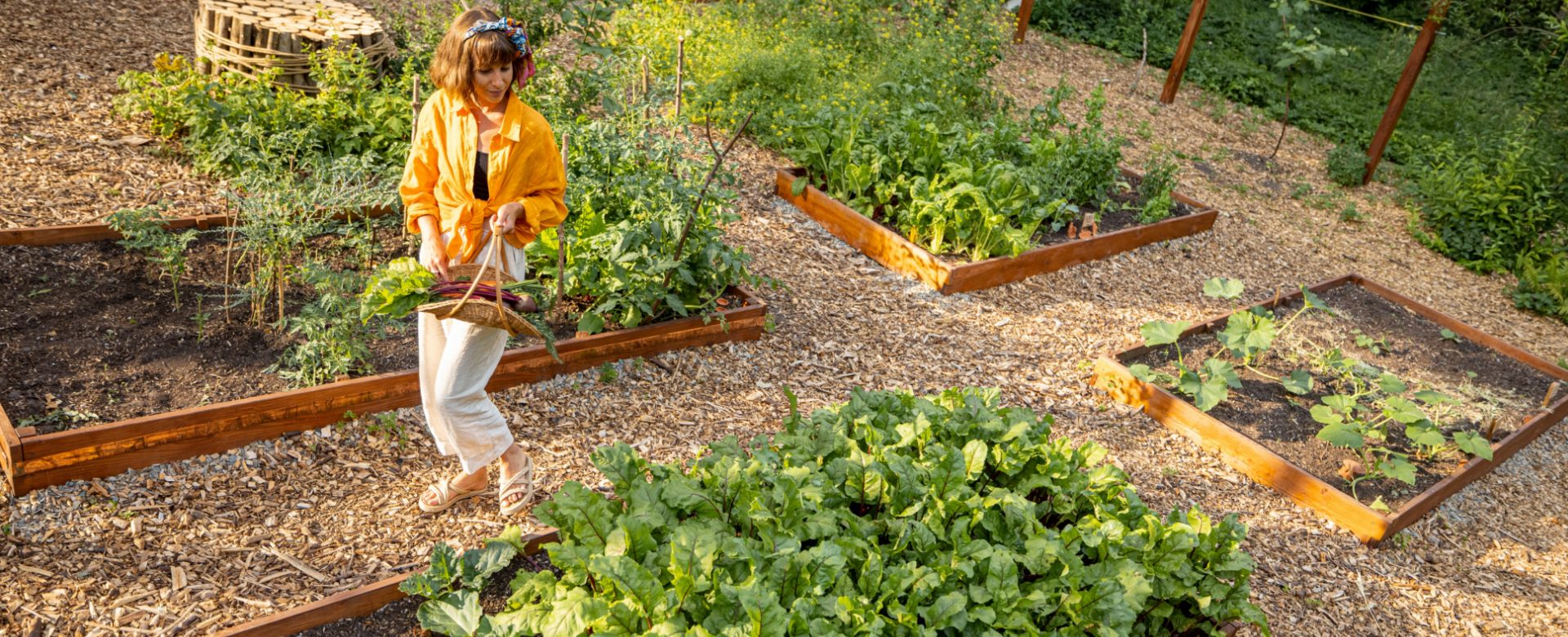Saving seeds plays a pivotal role in maintaining the sustainability of your garden. It allows gardeners to grow plants that are well-adapted to their local environment and climatic conditions.
When you save seeds and use them for future planting, they preserve your garden’s genetic diversity.
It is essential to maintain the health of the ecosystem. By saving seeds and growing your plants in the garden, you reduce the carbon footprint. Also, you can avoid the use of harmful pesticides and fertilizers used commercially to grow plants.
Reusing seeds is important for sustainable farming. It helps farmers get seeds that work well in their area and are better for the environment. Saving seeds helps preserve traditional crop varieties, which have great cultural and nutritional significance.
Seed savings is a worthy investment for a great future for our gardens as they nurture the beauty and abundance of the present time. It also helps sustain the promise of bountiful harvests and resilient ecosystems for years.
How To Save Seeds for Planting Next Year?
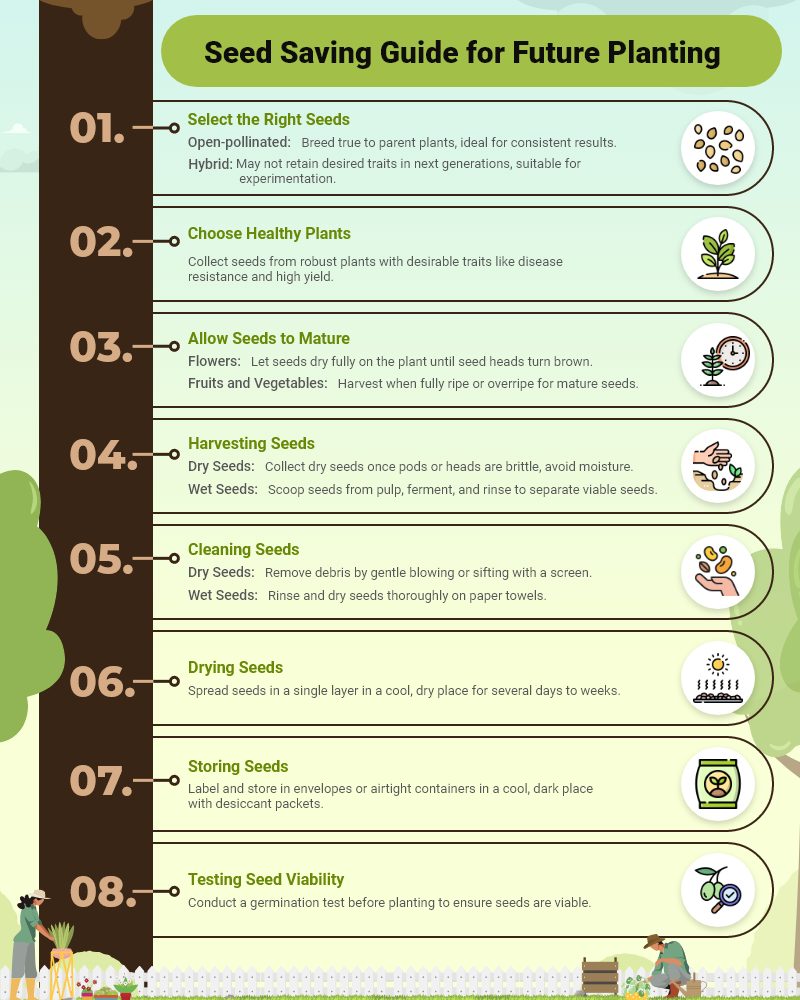
By saving seeds from your home garden, you can preserve plant varieties and cultivate a thriving garden year after year. The following is a step-by-step process that will help you keep stored seeds fresh for next year.
1. Select the Right Seeds
- Open-pollinated: Open-pollinated seeds come from plants pollinated naturally by insects, wind, or self-pollination. These seeds breed true and produce plants identical to the parent, making them ideal for seed saving.
- Hybrid: Hybrid seeds result from cross-breeding between two different plants to combine desirable traits. Even though they produce vigorous plants, seeds saved from hybrid may not retain these traits in the next generation, leading to unpredictable results. Avoid saving seeds from hybrids unless you are experimenting with new plant varieties.
2. Choose Healthy Plants
Select seeds from healthy and robust plants in your garden. Look for plants that exhibit desirable traits like solid growth, disease resistance, and high yield. Selecting seeds from vigorous plants ensures that these characteristics are passed on to the next generation.
3. Allow Seeds to Mature
- Flowers: For flowering plants, allow the flowers to bloom and then dry thoroughly on the plant. Seed heads should turn brown and dry out completely before they are harvested. This process ensures that seeds become fully mature and viable for planting in the next season.
- Fruits And Vegetables: Allow fruits and vegetables to be on the plant until they are fully ripe or overripe. For instance, tomatoes should be plucked when soft and fully colored, while cucumbers should be left to become yellow and develop tough skin. This mature stage allows seeds to develop fully.
4. Harvesting Seeds
- Dry Seeds: Dry seeds, such as those obtained from peas, beans, or sunflowers, should be harvested once their seed pods or heads become brittle and dry. Gently shake or break open the pods to release the seeds. Collect seeds in a dry and clean container to avoid moisture contamination.
- Wet Seeds: Wet seeds, like those obtained from cucumbers, tomatoes, or melons, are encased in fleshy fruit. Scoop out the seeds with the surrounding pulp and place the seeds in a container with water. Allow this to ferment for a few days to break down the pulp and separate the viable seeds that will sink to the bottom.
5. Cleaning Seeds
- Dry Seeds: After the harvesting process is complete, clean and dry seeds by separating them from the chaff or plant material. This can be done by gently blowing away the debris or using a screen to sift out the seeds. Care should be taken to store only clean and dry seeds to prevent disease or mold.
- Wet Seeds: Once the fermentation process is completed, rinse wet seeds thoroughly in a fine sieve under running water. Remove any remaining pulp or non-viable seeds. Spread the seeds on a paper towel or parched paper and allow them to dry completely.
6. Drying Seeds
Spread your seeds in a single layer on a clean and dry surface like a paper towel, screen, or drying rack. Allow the seeds to air dry in a well-ventilated area, out of direct sunlight, for several days to a few weeks. Proper drying prevents mold and ensures the long-term viability of the seeds.
7. Storing Seeds
Storing garden seeds properly is crucial for their long-term viability. Store dried seeds in labeled envelopes, jars, or airtight containers. Keep them in a cool, dry, and dark place to maintain their viability. A desiccant packet, like silica gel, will prove helpful to store seeds as it can absorb any residual moisture.
Depending on the type, properly stored seeds can remain viable for several years. Store them in a cool and dry place, free from moisture and humidity. Glass jars or plastic airtight containers are good storage options.
8. Testing Seed Viability
Before planting, test the viability of stored seeds with a germination test. Place a few seeds between damp paper towels and keep them in a warm place. After a few days, check for germination. A high germination rate indicates that seeds are still suitable for planting.
Seeds That You Can Reuse or Store for Planting in Future
| Vegetables | Fruits | Flowers | Herbs |
|---|---|---|---|
| Lettuce | Strawberry | Nasturtium | Fennel |
| Onion | Watermelon | Poppy | Basil |
| Parsley | Pumpkin | Snapdragon | Morning glory |
| Carrot | Papaya | Cilantro | Dill |
| Cauliflower | Cantaloupe | Cleome | Chives |
How To Plant Saved Seeds?
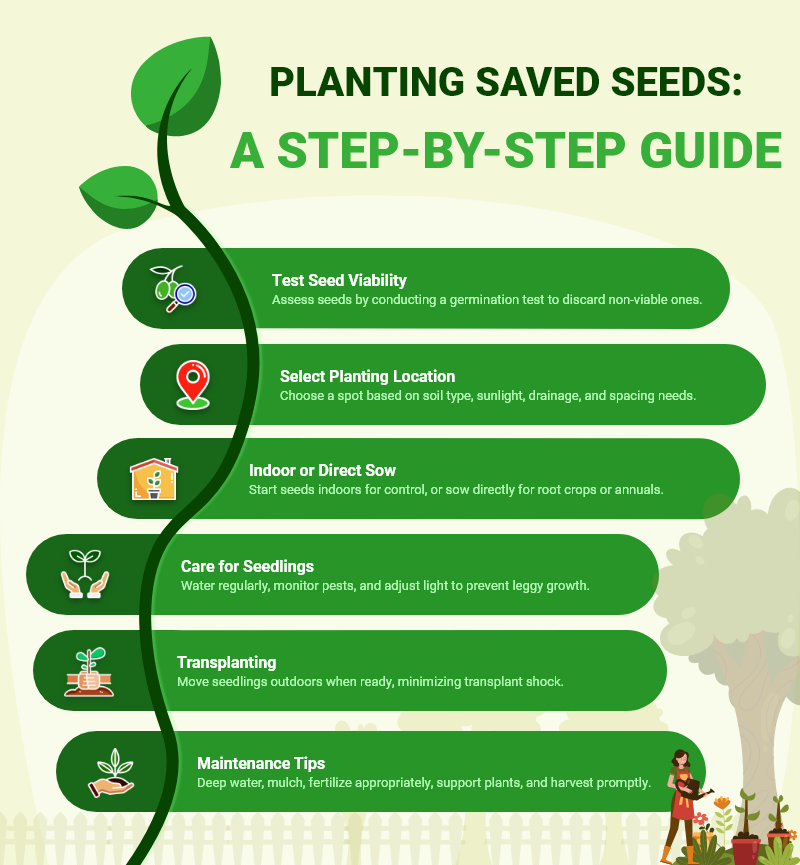
1. Prepare the seeds
Before you decide to plant seeds, it is essential to assess the viability of your saved seeds. For a few days, carry out a germination test by placing several seeds between damp paper towels in a sealed plastic bag. Discard seeds that don’t germinate well. Label and store viable seeds in a cool and dry place until you plant them in your garden.
2. Prepare for planting
Select a planting location that suits the specific requirements of seeds. Consider factors like soil type, sunlight exposure, drainage, and spacing requirements. Prepare the soil by loosening it to a few inches deep. Mix organic matter like compost in the soil to improve fertility and water retention.
3. Start indoors or directly sow
Depending on your location, seed type, and climate, decide whether to start seeds indoors or sow them directly into the garden. Start seeds indoors to get significant control over early growth conditions, which also ensures strong seedlings. Direct sowing is suitable for seeds that tolerate or are beneficial from direct contact with garden soil. For example, root crops or annual flowers.
4. Care for seedlings
Once germination occurs and seedlings emerge, provide proper care to ensure the healthy growth of plants. Water seedlings regularly, keeping the soil moist but not waterlogged. You should monitor pests & diseases and address issues promptly. Adjust watering and provide adequate sunlight or supplemental light to avoid leggy growth.
5. Transplanting
When starting seeds indoors, transplant seedlings into the garden when they have developed into a set of true leaves. Ensure their roots are well-established. To reduce transplant shock, select a mild, overcast day or evening for transplanting seedlings.
Dig a planting hole that is larger than the root ball. Place the seedling in it and fill it with soil. Press the soil gently to secure seedlings.
6. Proper Care and Maintenance
After transplanting seedlings, continue to care for plants by watering deeply but infrequently to promote deep root growth. Mulch around plants to retain moisture, suppress weeds, and maintain soil temperature. Fertilize plants according to their individual needs using organic or balanced fertilizers. Regularly prune or stake plants for support and harvest crops promptly to encourage continuous production.
With these steps, you can ensure your preserved seeds thrive well and produce healthy and productive plants in your home garden.
Benefits of Reusing Seeds for Planting in Your Garden
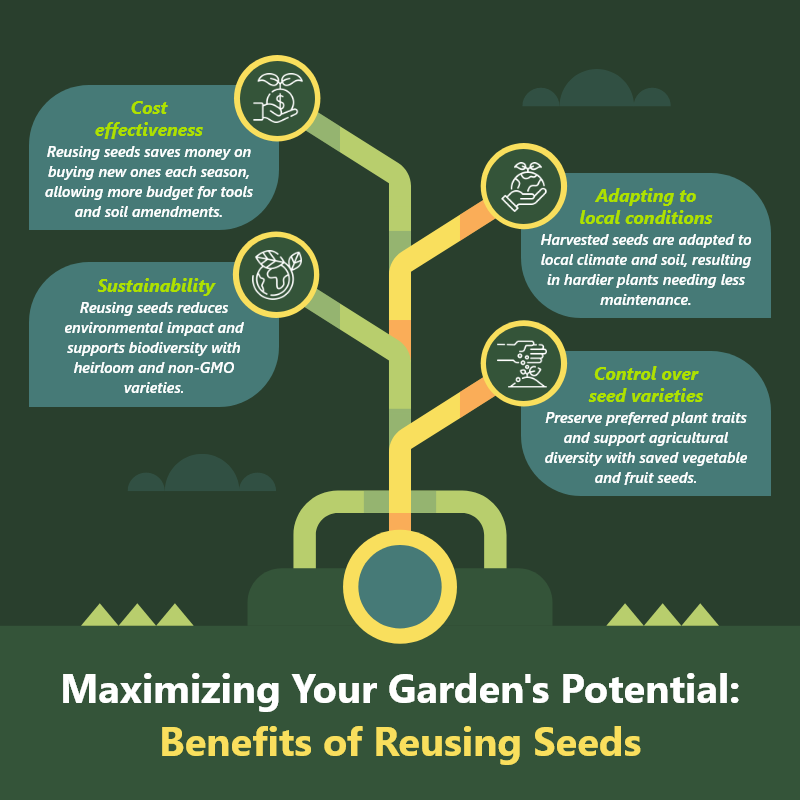
1. Cost-effective
Reusing seeds from your plants removes the need to buy new seeds each growing season, significantly reducing gardening costs. By reusing seeds, you can allocate more budget to other gardening needs, like buying tools and making soil amendments. The savings can be substantial with time, especially for enthusiastic gardeners who grow various plants.
2. Adapting to local conditions
Seeds harvested from a garden often come from plants successfully adapted to your local climate and soil conditions. This selection helps stored seeds to produce plants more resilient to diseases, local pests, and environmental stress over generations. Consequently, these plants require less maintenance and yield better results.
3. Sustainability
By reusing seeds, you can promote a self-sustaining gardening cycle. This practice reduces the environmental impact related to commercial seeds’ production, packaging, and transportation. This practice supports biodiversity by maintaining heirloom and non-GMO seed varieties.
It contributes to agricultural diversity and ecological balance. It aligns with organic and eco-friendly gardening principles.
4. Control over seed varieties
Saving vegetable or fruit seeds allows you to preserve and propagate specific plant varieties you prefer for their flavor, yield, or other desirable traits. This sustainable practice lets you maintain heirloom and non-GMO varieties that contribute to agricultural diversity and ecological balance.
How to Properly Store Seeds?
One important thing to do while storing seeds is to ensure they have the perfect conditions to thrive.
- Dry Them Completely – Warm and wet seeds are likely to mold or germinate prematurely, so drying them thoroughly is essential. Dry them on a paper towel or parchment paper as they draw moisture away from the seeds. Put them in a warm and dry place. Never expose seeds to temperatures above 95°F.
- Use Airtight Containers – Store seeds in an airtight container, plastic bags, or paper envelopes. Ensure that moisture is not trapped within the sealed container. When you remove seeds from cold storage, let the airtight container reach normal room temperature before you open it. It prevents condensation on the seeds within the container.
- Cool and Dark Condition – To extend their shelf life, you should store seeds in a cool and dry place. Ensure the area is away from direct sunlight. When stored in a cool, dry, and dark environment, seeds remain protected against moisture, pests, humidity, and rodents. Exposure to temperatures above 90°F will decrease the viability of seeds for future planting.
- Use Desiccant – You can use desiccant to extend the lifespan of stored seeds in humid conditions, where seeds are exposed to decay. This drying agent absorbs excess moisture, prevents mold growth, and prolongs the shelf life of seeds. Seeds stay dry until you are ready to plant them again. It is useful when storing seeds for a long time.
- Label Your Seeds – Once you collect seeds after they are clean and dry, place them in a paper envelope and seal them in a plastic bag. Label each packet with details like species, varieties, name, and year it was collected. Without labeling, seeds can be mixed up during storage or planting.
This can lead to confusion and affect your gardening plans. Labeling seeds before storage is a simple yet effective practice that contributes to successful gardening and plant propagation.
Wrap Up
Saving and reusing seeds is a sustainable practice that contributes to the health and vitality of your garden and the ecosystem. Proper harvesting, drying, and storing seeds from healthy plants preserves desirable traits and adaptability to local conditions. This supports ecological balance and helps gardeners maintain a self-sustaining cycle of growth and renewal in their gardens every year.
FAQs
Scoop seeds out of a ripe fruit/vegetable to save seeds for planting. Rinse seeds to remove pulp from them. Let them dry on a paper towel for about a week. Once they are completely dry, store them properly in an airtight container to plant in the future. Seeds stored in this way are viable for up to 4-6 years. You can save seeds from pumpkin, pepper, cucumber, watermelon, marigold, zinnia, sunflower, green bean, corn, and several others.
Stored seeds do not stay viable forever and will expire usually after 1 year.
Seeds from hybrid plants cannot be reused for planting as they can’t produce seeds that can grow into the same plant type or seeds that will not grow at all.
Old or stored seeds are safe to reuse. Flowers or fruits grown using these seeds will yield healthy and nutritious produce like those grown from fresh seeds.
Planting old and stored seeds to grow fruits or vegetables is completely safe. There is no harm or side effects from this.

